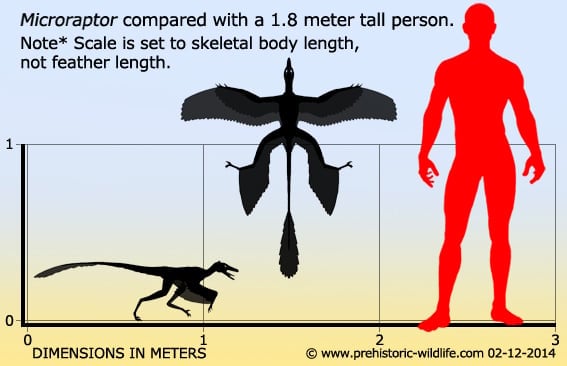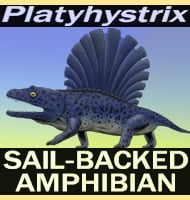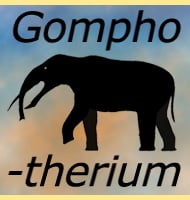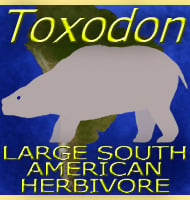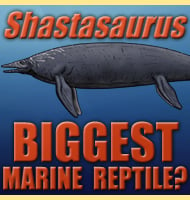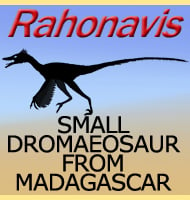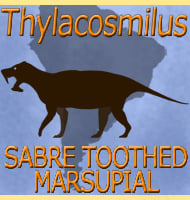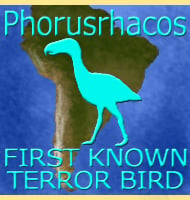In Depth
Microraptor was first presented to the world as part of the composite fossil called Archaeoraptor, where the tail of a Microraptor was added to the upper body of a Yanornis. Archaeoraptor was a scandalous fake that made headlines around the world, but in the aftermath of this, Microraptor would become known to science.
Because Arcaheoraptor was found to be a fake before it was ever officially named it was never an officially recognised genus. In fact its full name, Archaeoraptor liaoningensis, was printed before it was officially granted as a recognised specimen. In the wake of the discovery of Archaeoraptor being a fake, the avian paleontologists Storrs L. Olson tried to get the name Archaeoraptor assigned to the part that was from Microraptor to remove the Archaeoraptor taint from the palaeornithological record.
However Xu Xing, one of the palaeontologists who was part of the Arhcaeoraptor study team, had already found the counter slab and further remains, naming them Microraptor zhaoianus. Although Olson was first, he named the Microraptor part as a lectotype, a name that is taken from a group of specimens of the same name. But remember, the name Archaeoraptor was never officially recognised, and the specimen was only named as such in the media which does not count. As such no part of Archaeoraptor could be assigned the name as a lectotype, and it is for this reason Xu’s name and description has gained wider acceptance and is now used the world over. Microraptor is very special and is often called a ‘four-winged’ dromaeosaur. This is because not only did Microraptor have extensive feather coverage over its arms, it also has a similar extent of feather growth on its legs too. Although not a flyer like a true bird would be, Microraptor may have been able to use these feathered areas along with its small size and light build to glide across the tree canopies of the forests of Cretaceous China. As an arboreal dinosaur, Microraptor may well have lived like a bird. As a living animal, Microraptor is thought to have been most active at night as evidenced by the scleral rings. Stomach contents have also been preserved, revealing that smaller mammals formed at least a part of Microraptor’s diet.
How Microraptor moved through the air is quite interesting. Initially it was thought that the arms and legs would have been held at the same level, and perhaps overlaid one another. However in 2005 the palaeontologist Sankar Chattrerjee said that an overlaid posture was not anatomically possible and instead proposed what has been termed the ‘biplane method’. The biplane method is where the hind legs are held at a different height to the arms so that when viewed from the front, Microraptor would look like it had two pairs of wings. Chatterjee also constructed computer model that demonstrated Microraptor actually being capable of powered level flight, and if the living creature did indeed do this, Microraptor would have had quite a considerable range when airborne.
Other researchers have done their own studies on the flight ability of Microraptor, and while some of these recognise the ‘biplane’ method as possible, some consider it to have been inefficient and suggested that Microraptor had a different orientation when flying. What can also be considered is that Microraptor may not have had just one method of gliding and may have adapted different configurations to changing needs.
Further Reading
– The smallest known non-avian theropod dinosaur. Nature 408:705-708. – X. Xu, Z. Zhou, & X. Wang – 1999. – New Specimens of Microraptor zhaoianus (Theropoda: Dromaeosauridae) from Northeastern China. – American Museum Novitates, 3381: 44pp. – S. H. Hwang, M. A. Norell, Q. Ji & K. Gao – 2002. – Four-winged dinosaurs from China. – Nature, 421(6921): 335-340. – X. Xu, Z. Zhou, X. Wang, X. Kuang, F. Zhang & X. Du – 2003. – Biplane wing planform and flight performance of the feathered dinosaur Microraptor gui. – Proceedings of the National Academy of Sciences, 104(5): 1576-1580. – S. Chatterjee & R. J. Templin – 2007. – The winged non-avian dinosaur Microraptor fed on mammals: implications for the Jehol biota ecosystem. – Program and Abstracts. 70th Anniversary Meeting Society of Vertebrate Paleontology. – Hans Larsson, David Hone, Alexander T. Dececchi, Corwin Sullivan & Xu Xing – 2010. – Distorted Microraptor specimen is not ideal for understanding the origin of avian flight. – Proceedings of the National Academy of Science, USA. – Stephen L. Brusatte & Jason Brougham – 2010. – The extent of the preserved feathers on the four-winged dinosaur Microraptor gui under ultraviolet light. – PLoS ONE, 5(2): e9223. – D. W. E. Hone, H. Tischlinger, X. Xu & Z. Zhang – 2010. – Model tests of gliding with different hindwing configurations in the four-winged dromaeosaurid Microraptor gui. – Proceedings of the National Academy of Science, USA, 107: 2972–2976. – D. E. Alexander, E. Gong, L. D. Martin, D. A. Burnham & A. R. Falk – 2010. – Additional specimen of Microraptor provides unique evidence of dinosaurs preying on birds. – Proceedings of the National Academy of Sciences of the United States of America 108 (49): 19662–19665. – Jingmai O’Connor, Zhonghe Zhou, & Xing Xu – 2011. – Reconstruction of Microraptor and the Evolution of Iridescent Plumage. – Science 335: 1215–1219. – Quanguo Li – 2012 – Piscivory in the feathered dinosaur Microraptor. – Evolution vol67. – Lida Xing, W. Scott Persons, Phil R. Bell, Xing Xu, Jianping Zhang, Tetsuto Miyashita, Fengping Wang & Philip J. Currie – 2013.
